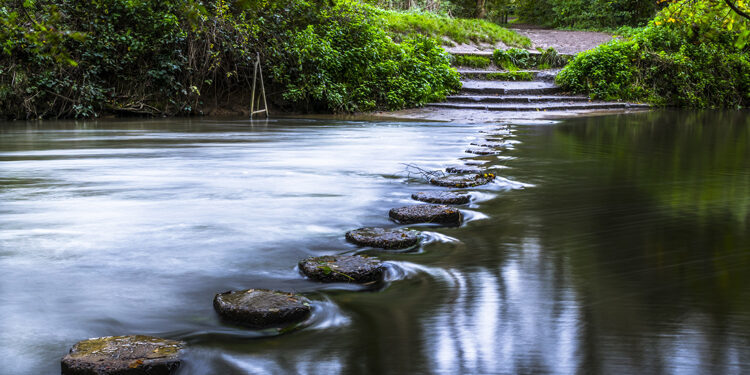I recently had an experience which triggered some trauma from earlier in my life. It resulted in a rather spectacular and intense display of memories connecting together and some emotional distress, which lasted for a couple of days. As a result of my years of practice, while experiencing the coming and going of thoughts, emotions and sensations, there was a part of me that was in the experience, but there was also a part of me that was able to more objectively observe the experience. The observing part knew that it would pass and that there was an opportunity here to learn more about myself and about my habitual patterns of mind.
During the couple of days when I was experiencing the strong emotions, I looked after myself. I took some long walks in nature and took plenty of rest and listened to my favourite music. I set some clear boundaries about what I needed to feel safe. Afterwards, I took some holiday time and connected with trusted family and friends.
As things began to calm down again, I was curious about what could be learned from the experience and so I practiced some mindful self-enquiry. This is a new practice to me, which emerged quite naturally in the development of a continuing professional development weekend (CPD) for a group of mindfulness teachers based in Italy and trained by our Italian franchisee, InnerSight. It is one of the key practices (along with resting and reflection) that Rob Nairn included in the insight training, but which so far we haven’t really developed.
The practice involves the kind of enquiry process that we lead for others when teaching mindfulness, but we do it as a reflection practice for ourselves, either at the end of a practice or after then end of a challenging situation. It involves questions such as:
- What thoughts did I notice?
- What emotions did I experience?
- What physical sensations did I notice?
- How are my thoughts, emotions and sensations connected?
- How did I feel about the experience?
- Do I notice any habitual patterns?
- Do I notice any resistance or lack of acceptance? If so, how does it manifest?
- Where does my mind wander to – past, future, present?
- Do I notice I am trying to figure things out during my practice? If so, how does this manifest? What would it be like if I let go of control?
- Do I notice striving? Do I notice I am trying to make something happen? If so, how does this manifest? What would it be like to allow my experience to be as it is?
There is no need to reflect on all the questions, just ones that feel relevant, although the first four questions are important for getting in touch with our direct experience.
When we reflect on these questions, we don’t actively think about them. Instead we drop them into the mind and allow them to mull, curious about any response that might emerge. Then we journal whatever emerges. The mindfulness teachers on the CPD weekend found it a very useful process to support the development of their enquiry practice when they are teaching. It gave them a felt sense of the space required in enquiry and of the power of simple open questions.
When I reflected on these questions after my experience, and journaled, it enabled to me to see quite clearly my habitual way of reacting in the face of conflict. It also showed me the habitual patterns that kick into place that I use to help me to feel safe. It clarified how damaging these habitual patterns can be for myself and also for others who are involved in the situation. I was able to get in touch with the wounded part of myself deep in the centre of these habitual patterns. It enabled me to forgive myself, and all involved, and to let go of blame. I was able to see a broader perspective of us each conditioned by myriad causes and conditions beyond our control.
I found the practice of self-enquiry very helpful and so I share it with you, in case you want to have a go and see what can be learned. I feel that it is an excellent tool for making our obstacles a part of the path. While each obstacle can be painful, it also presents a wonderful opportunity for learning.
I felt quite tender and bruised for a few weeks after and as I write this I feel the tenderness, a soreness, in my heart, but all is well and I feel my usual stable and happy self once more. This is what it is to be a courageous open hearted human being. I am determined to continue to walk my talk with courage and integrity so as to move towards wisdom and understanding what is the truth. This requires us to feel the authentic pain in life, but in my experience it is well worth the effort.
Anyway, if you would like to join me to practice some mindful self-enquiry, just after Christmas, then I am leading a Mindfulness Practice Days. Perhaps we will have experienced some habitual patterns unfolding over the festive season that we are keen to enquire into? We will take it gently and mindfully, open to seeing what can be learned as we practice together, with kindness and curiosity.
Kind Wishes
Heather


